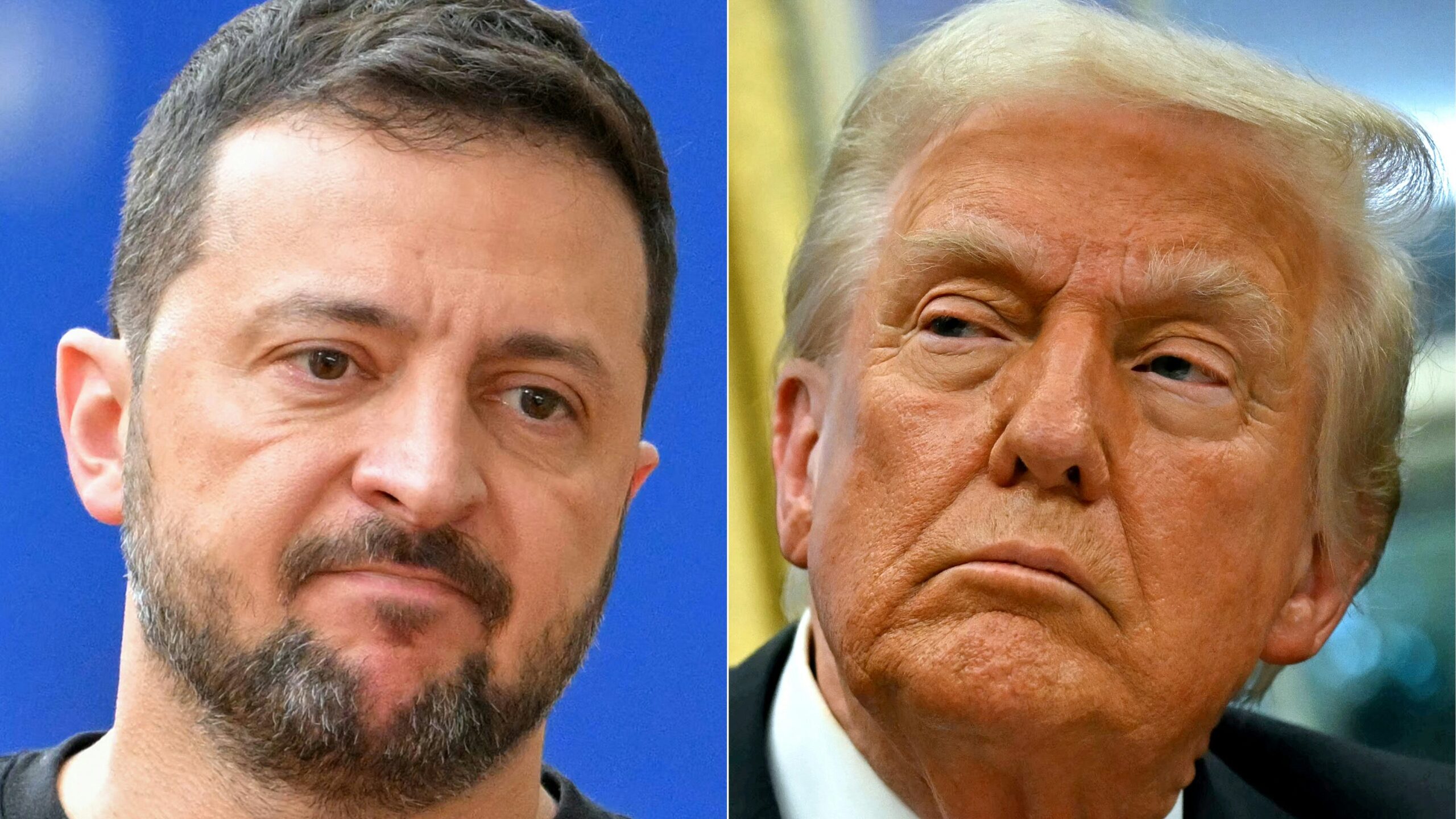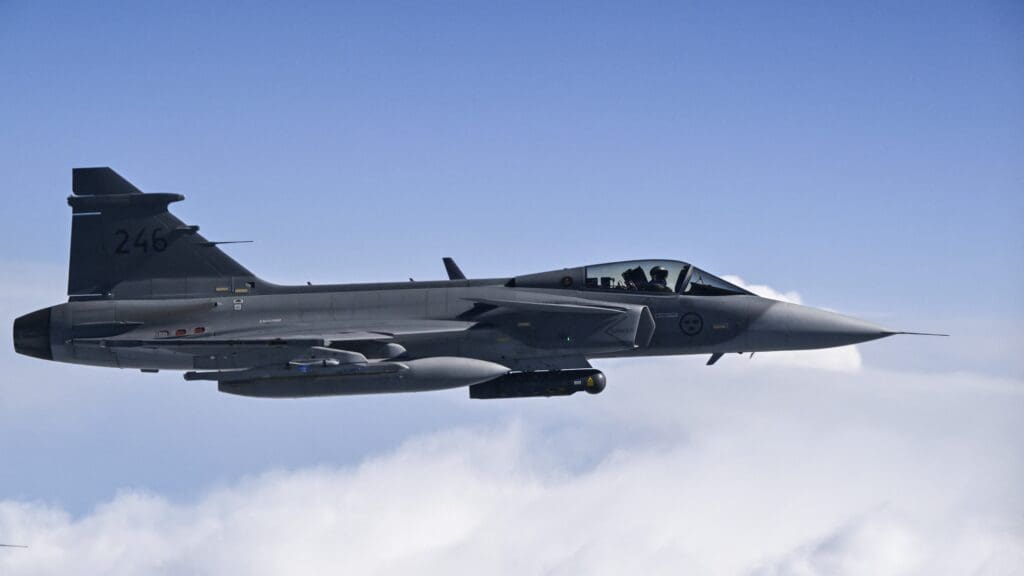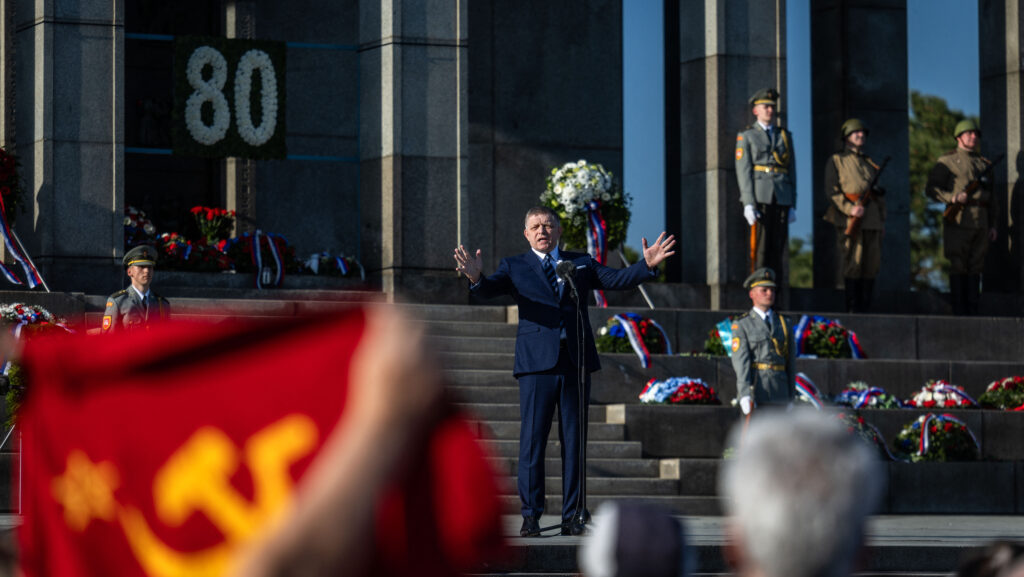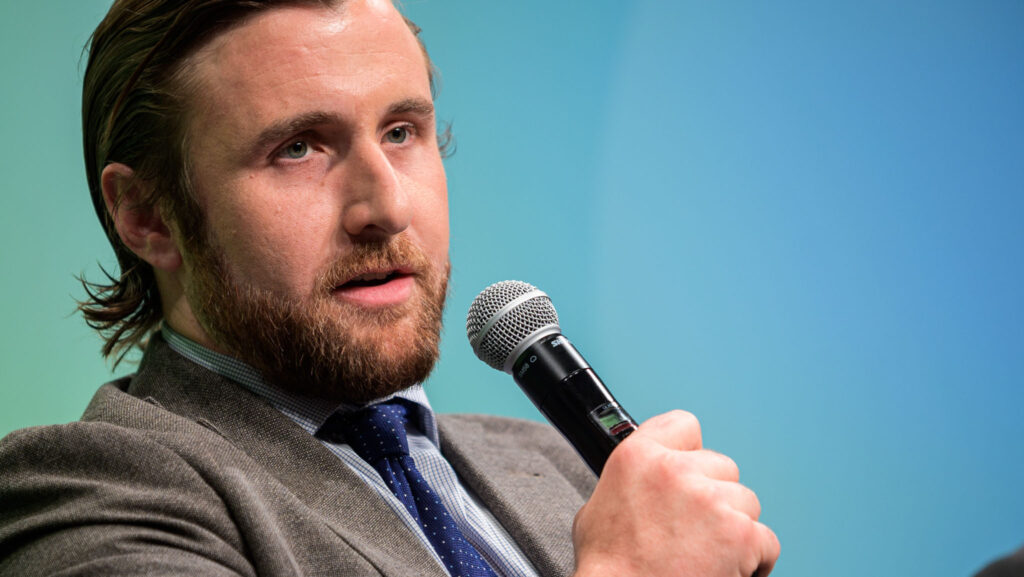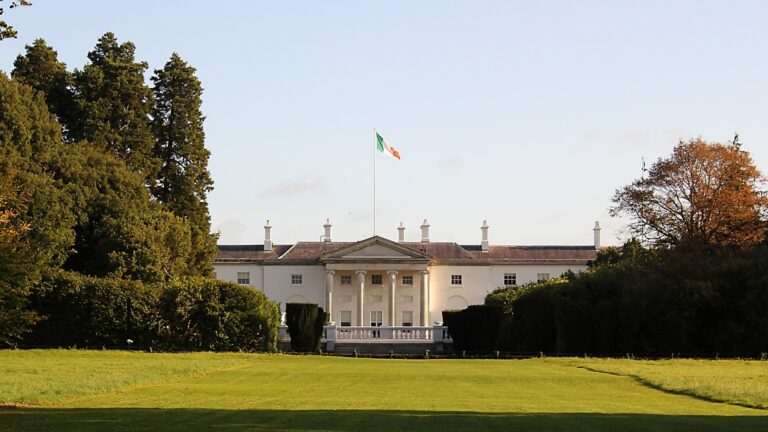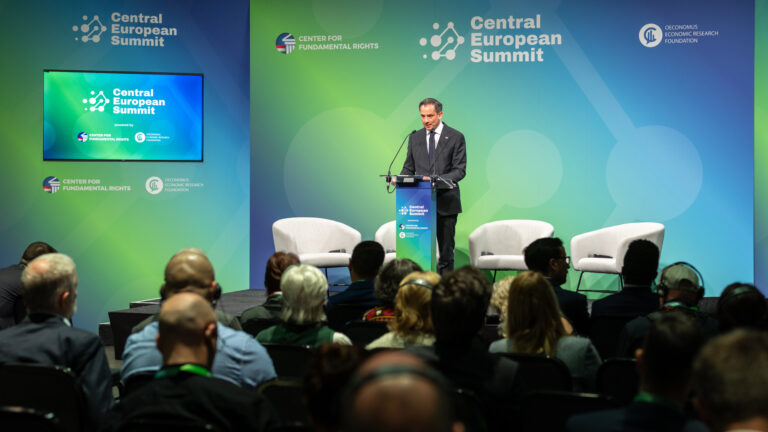In what has been a 180-degree reversal from U.S. policy on the war in Ukraine, President Donald Trump announced that he is willing to accept Russian President Vladimir Putin’s two conditions to end the fighting. The first is that the four eastern Ukrainian oblasts now under Russian control, plus Crimea, are to be permanently part of the Russian Federation. The second is that Ukraine must agree that it will never be part of NATO. Kyiv continues to reject both demands.
During the presidential campaign Trump vowed that he would end the war in Ukraine within 20 hours, even before taking office. So much so that when Hungarian Prime Minister Viktor Orbán visited then candidate Trump in Mar-a-Lago in March of last year he boasted:
‘[Trump] He will not give a penny in the Ukraine–Russia war. That is why the war will end….If the Americans don’t give money and weapons,’ said Orbán, ‘along with the Europeans, then the war is over. And if the Americans don’t give money, the Europeans alone are unable to finance this war. And then the war is over.’
This past Thursday President Trump, despite criticizing his predecessor for backing the Ukrainians, said that he will continue the Biden policy. When questioned by the media if he would cease sending funds to Ukraine, Trump said:
‘No, we are, but we want it secured, and the money is going to be secured…because if we didn’t do that, then Putin would say he won. We’re the thing that’s holding it back and frankly, we’ll go as long as we have to go because we’re not going to let the other happen.’
Naturally, no reasonable person could have truly believed Trump would have been able to end the three-year war in one day, notwithstanding his implausible and constant vow that he would. Putting aside that Trump was perhaps just ‘being Trump’, i.e., saying things he knew were nothing more than a parody, the chance of brokering a peace deal between the Russians and the Ukrainians, as we have seen by this weekend’s meetings in Munich, is as realistic as putting Humpty Dumpty back together again.
‘It is true that Trump does not want to go down as the U.S. president who lost the war in Ukraine’
Indeed, President Volodymyr Zelenskyy said that while the signs from the Trump administration were promising, talks thus far were ‘definitely not enough to form a plan’ for peace, stressing it was critical for Ukraine to be in NATO and that it would never give up territory. This came as he met with U.S. President J.D. Vance in Munich—the Russians did not send any delegates.
Zelenskyy further stated that ‘what we need to do [is] speak more, to work more and to prepare the plan, how to stop Putin and finish the war,’ having earlier said he is willing to sit down to discuss a deal with Putin but only once a peace plan had been agreed with the U.S. and European leaders.
It is true that Trump does not want to go down as the U.S. president who lost the war in Ukraine to our former Soviet adversary. Yet, as former Senior Advisor to the U.S. States Secretary of Defense Colonel Douglass MacGregor said:
‘The problem is that no such win is possible in Ukraine and I think the president is just beginning to figure it out. [H]e is surrounded by people who are not telling him the truth pretending that the Ukrainian army is a stalwart organization; that the Russians are taking heavy loses, that they’re running out of people…none of which is true. And as long as he listens to them it’s going to be harder and harder for him to come to terms with reality.’
Such men are those that Trump himself appointed to his staff, like Deputy Assistant to the President and Senior Director for Counterterrorism Sebastian Gorda, who decried:
‘We will flood Ukraine with weapons. What Biden is doing is peanuts compared to what we will do.’
Even worse were the words of Vice President Vance, who in a recent interview with The Wall Street Journal said that the option of sending U.S. troops to Ukraine if Moscow failed to negotiate in good faith remained ‘on the table’, striking a far tougher tone than did Defense Secretary Pete Hegseth, who on Wednesday suggested the U.S. would not commit forces.
‘There are economic tools of leverage, there are of course military tools of leverage’ the U.S. could use against Putin, Vance said. Not to dwell on the obtuseness of this statement, that of committing American forces—a bluff Putin will not fall for—, Trump cannot bully the Russians as he did with Columbia and Mexico during the recent tariff conflict.
‘Zelenskyy and the U.S.-led West know that the Ukrainians are not going to win on the battlefield’
Russia’s economy has surpassed expectations. Its figures are not the best but they are not disastrous, either. Last year, the war economy likely grew faster than the U.S. and all major European economies, and unemployment is at a record low. Its GDP grew by 3.6 per cent in 2023 and an expected 4 per cent in 2024: rates that both developed and developing nations might envy. Key indicators like GDP growth, household income, and low unemployment have become Putin’s trump cards. His troops, notwithstanding heavy losses, far outnumber that of the Ukrainians, thus being able to outlast them in what has become a war of attrition.
Ukraine is the breadbasket of the world—it is a huge supplier of wheat and other agricultural commodities. The country also has a rich seam of rare earth and critical minerals, such as lithium, gallium, neodymium, and uranium, which are crucial in producing a vast range of technologies that include electric vehicle batteries, solar panels, and cutting-edge military hardware. As such, the U.S. and China, among others, have increasingly coveted them. It may be that Trump has been enticed by the so-called ‘victory plan’ proposed by Zelenskyy in October, that of ‘a special agreement’ to access deposits of the aforementioned natural resources, in return of continued economic and military support. Ukraine now has submitted a draft minerals agreement to the U.S. for review, according to sources from the Ukrainian delegation at the Munich Security Conference.
The criminality in all this is that Zelenskyy and the U.S.-led West know that the Ukrainians are not going to win on the battlefield, and that Ukraine has effectively become an economic and politically dysfunctional rump state. Yet both want the war to continue, whether for lucrative reasons or not.
The Ukrainians, courageous as they have been in defending their homeland, know that they cannot continue fighting without the support of the U.S. Trump’s only viable option is to cut off all funding to Kyiv, which would halt the fighting and thus bring about a peaceful and meaningful ceasefire. With that, President Trump could disentangle himself from Ukraine and begin to focus more on the real legitimate threat, China. But will he?
The views expressed by our guest authors are theirs and do not necessarily represent the views of Hungarian Conservative.
Related articles:

